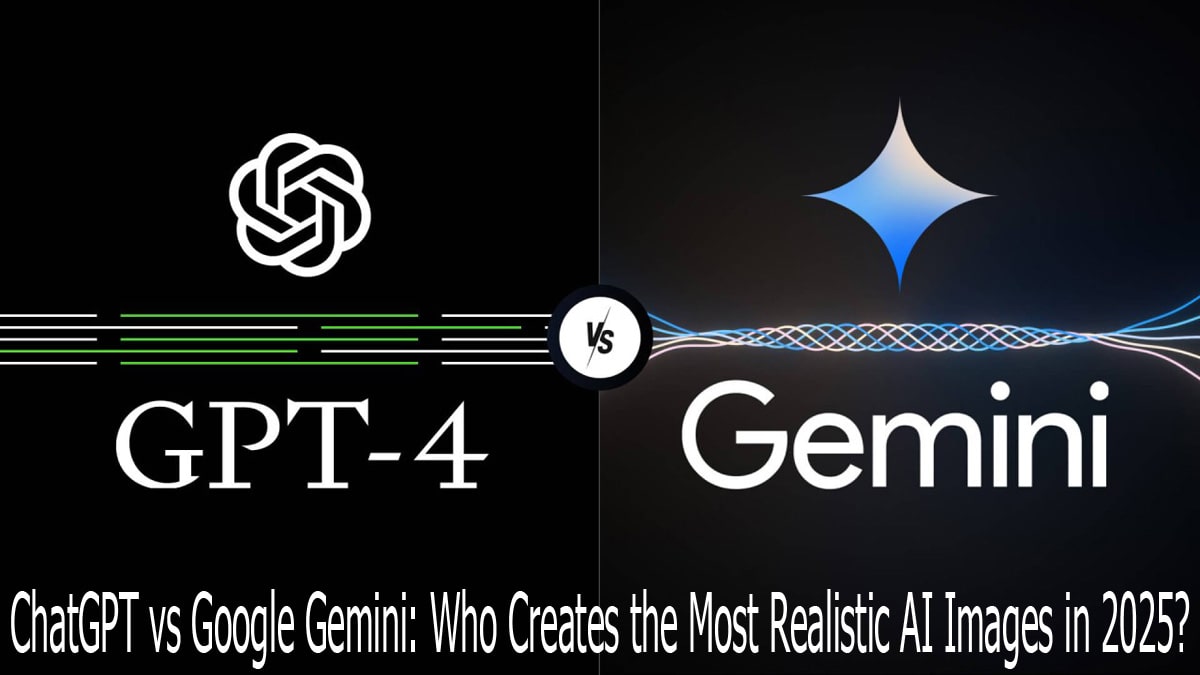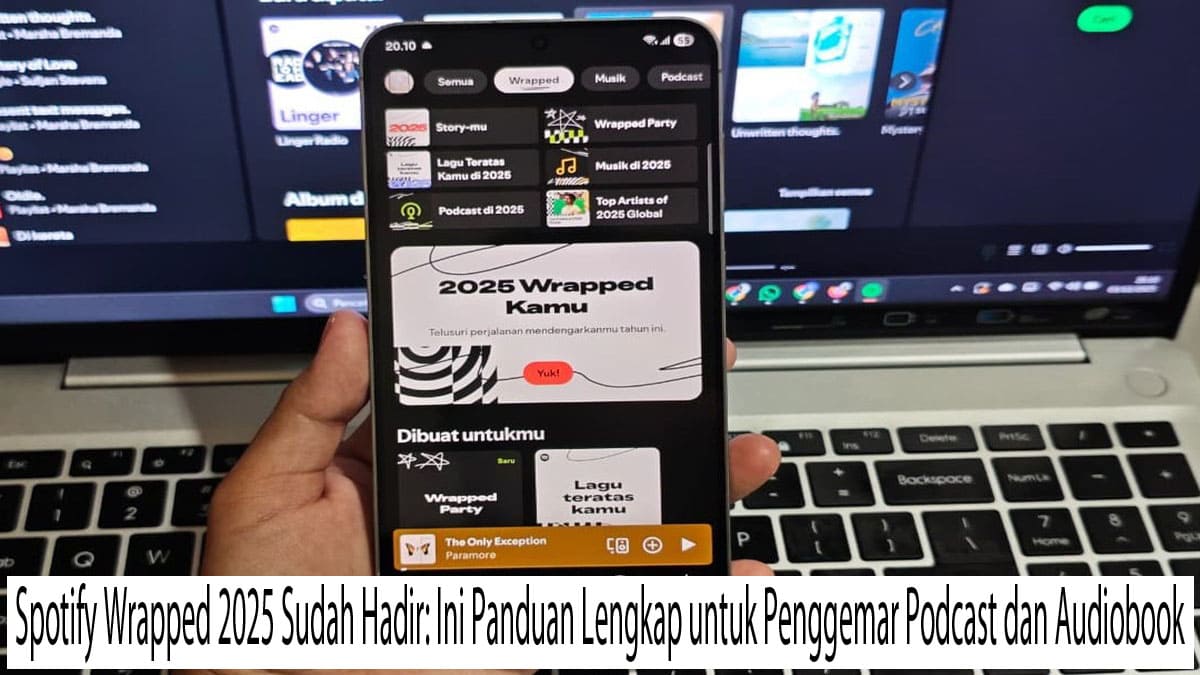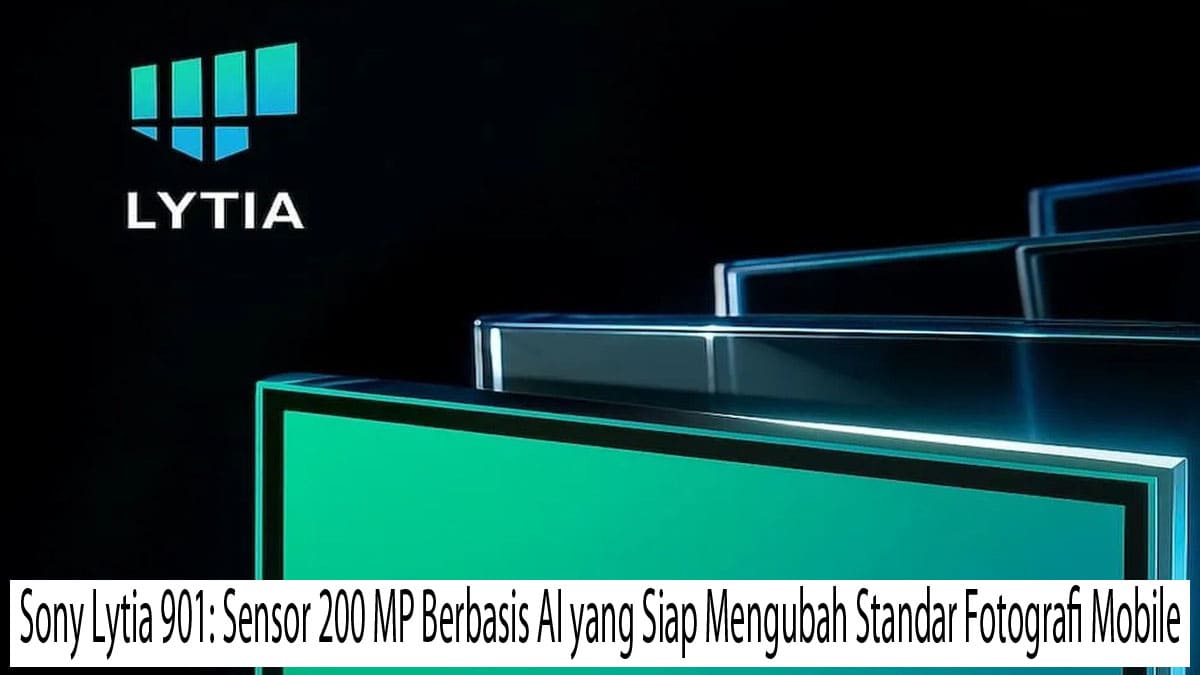The AI arms race is heating up. Two titans of artificial intelligence — ChatGPT by OpenAI and Google Gemini — are now not only capable of answering questions or writing essays, but also of generating realistic photos from text descriptions.
While local media outlets like Kompas, Tempo, and Detik have begun comparing their outputs, most coverage remains superficial — focusing on which image looks better. In this article, we offer a deeper analysis of the features, image quality, and suitability for general users, content creators, and AI professionals alike.
The Technology Behind the AI Images
ChatGPT (OpenAI) now integrates DALL·E 3 and the latest multimodal model, GPT-4o. This enables ChatGPT to understand conversational context, process long descriptions, and generate detailed images accordingly. ChatGPT stands out with precise visuals, fine details, and accurate embedded text within images.
Google Gemini, through its Gemini 2.5 Pro and Flash models, also generates images from text. The key difference is that Gemini was designed to be multimodal from the ground up, combining text, visuals, and interactive commands in a single flow. Its main strengths lie in creative compositions, diverse perspectives, and edit-friendly conversations.
Feature and Output Comparison
| Aspect | ChatGPT | Google Gemini |
| Visual Detail | Sharp, high-contrast, dramatic realism | Softer, more natural, camera-like look |
| Text in Images | Highly accurate (great for posters, labels) | Good, but slightly less precise |
| Pose Variety | Tends to be uniform | More diverse (angles, poses, formats) |
| Control & Iteration | Editable via chat | More interactive in-session editing |
| Ease of Use | Available in ChatGPT app | Available in Gemini app or Google Cloud |
| Prompt Interpretation | Strictly follows details | Freer interpretation, creative variations |
Real-World Test: Who Does It Better?
In a Kompas test, both platforms were given the same prompt: “a young woman watching a night concert in an open stadium with colorful lights.”
ChatGPT’s results featured sharp lighting and clear facial details, but similar poses across five variations. Gemini’s images were more diverse — including wide shots and close-ups — with softer lighting and a more “human” atmosphere.
👉 Verdict:
- ChatGPT is ideal for precise, editorial-style images.
- Gemini excels in creative, dynamic visuals.
Limitations & Tips
Despite their power, both tools have limits:
- Cannot recreate celebrity likenesses (due to safety filters).
- Inconsistent results from vague prompts.
- Requires stable internet; render time is 1–5 minutes per image.
Prompt writing tip: Include specific terms like “camera angle,” “lighting mood,” “outfit style,” and “facial expression” for more accurate results.
Who Should Use These Tools?
- General Users: ChatGPT has free image access (with limits); Gemini works on Android or Google Cloud.
- Content Creators: Gemini is great for mood boards or storyboards. ChatGPT is ideal for posters, covers, or YouTube thumbnails.
- AI Professionals: Both offer API access for creative automation pipelines.
So, Who’s Better?
The answer depends on what you need.
- Want crisp, textual, marketing-ready visuals? Go for ChatGPT (DALL·E 3).
- Prefer creative, expressive, and fluid visuals? Choose Gemini (2.5 Flash).
One thing’s clear: both models are leading a new era of AI-powered visual generation — turning imagination directly into images.



